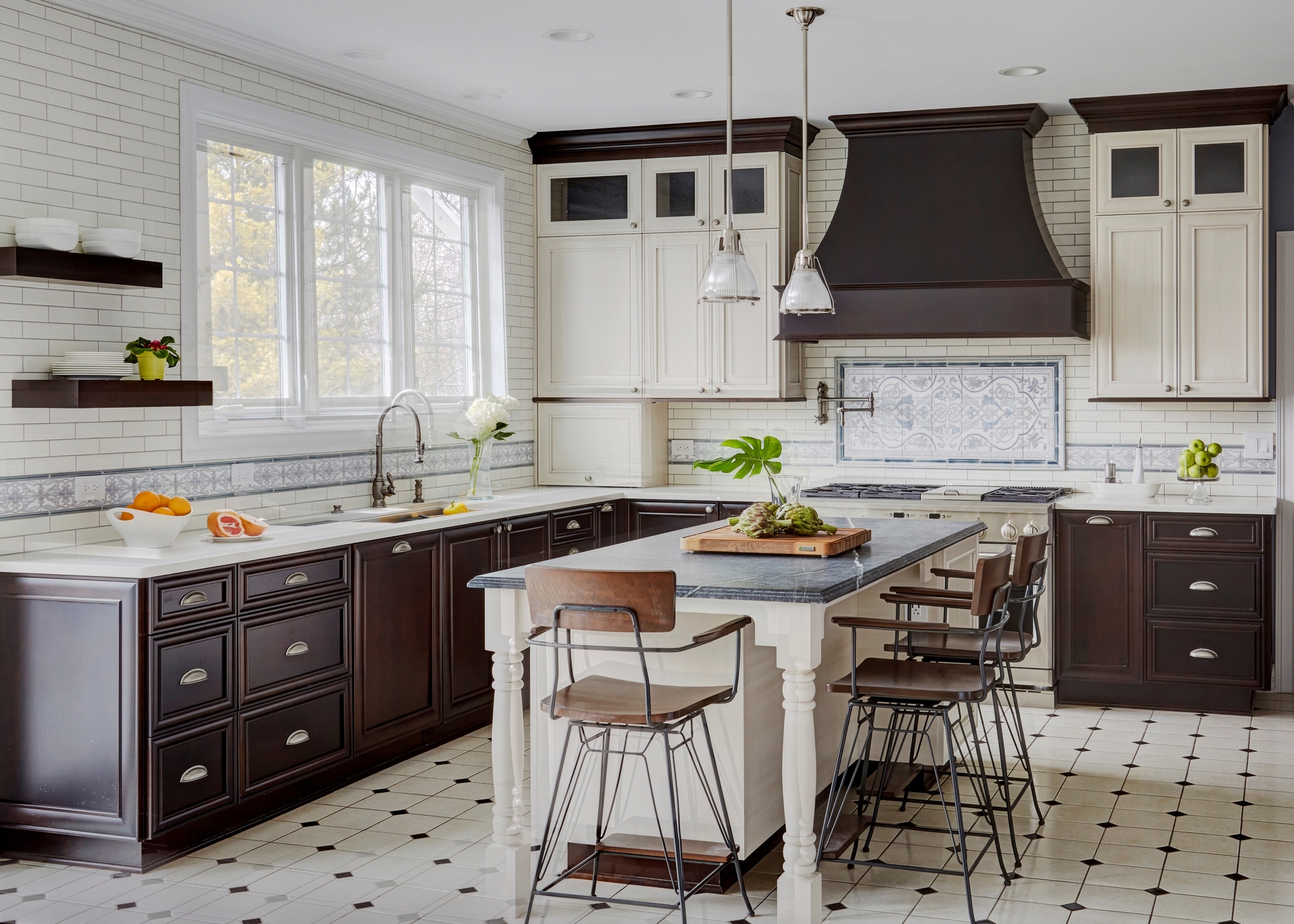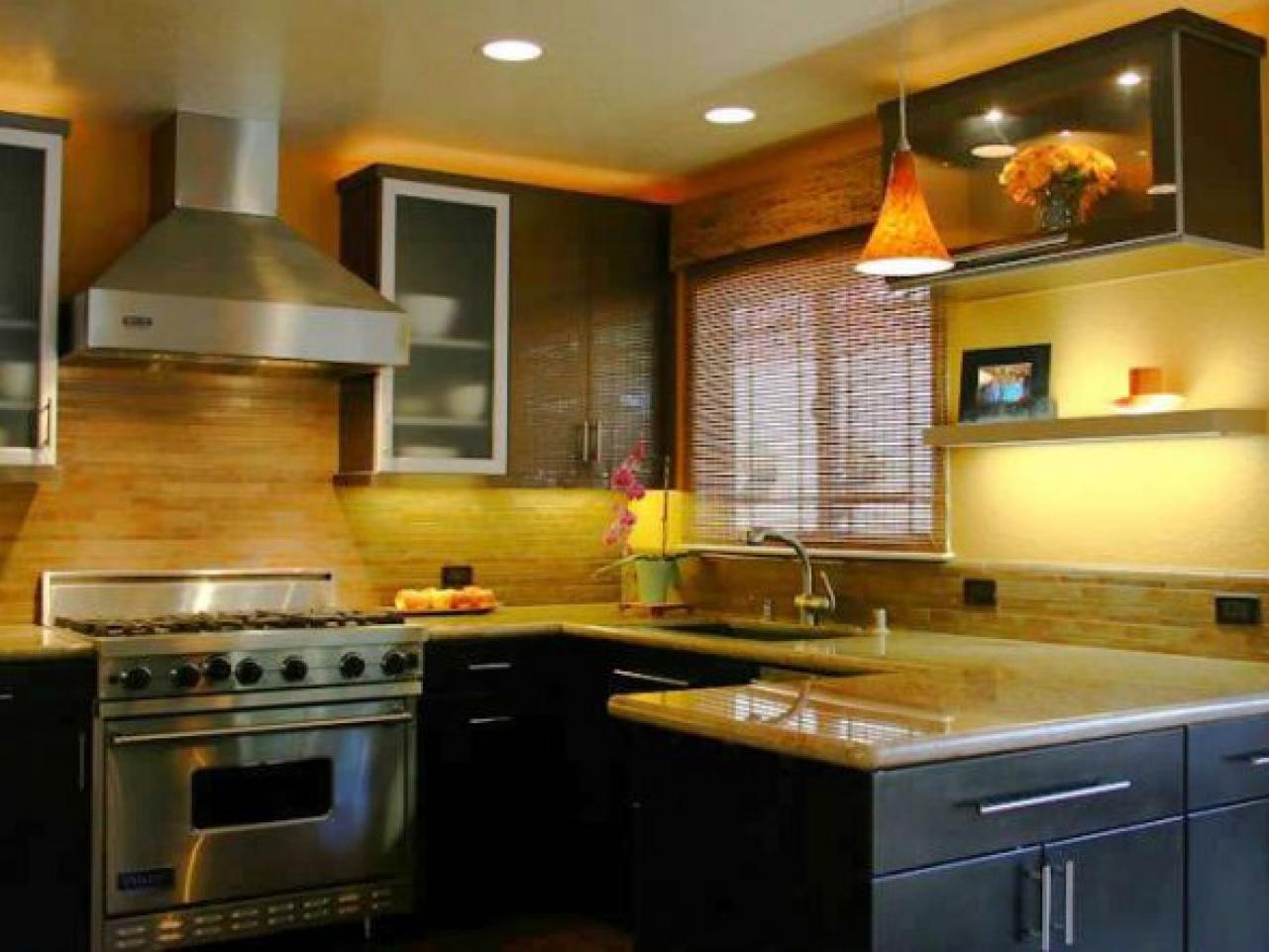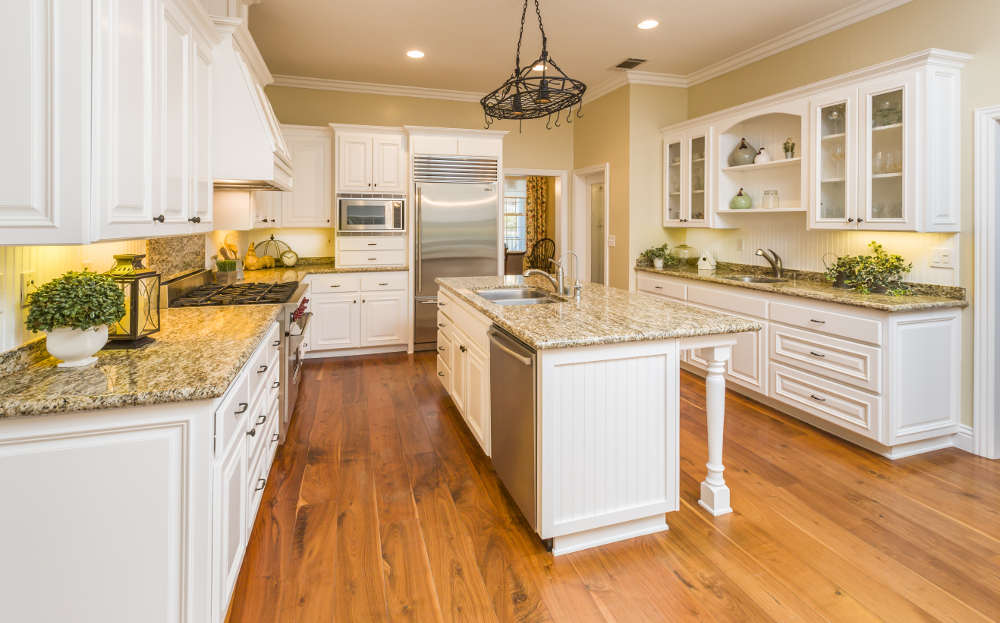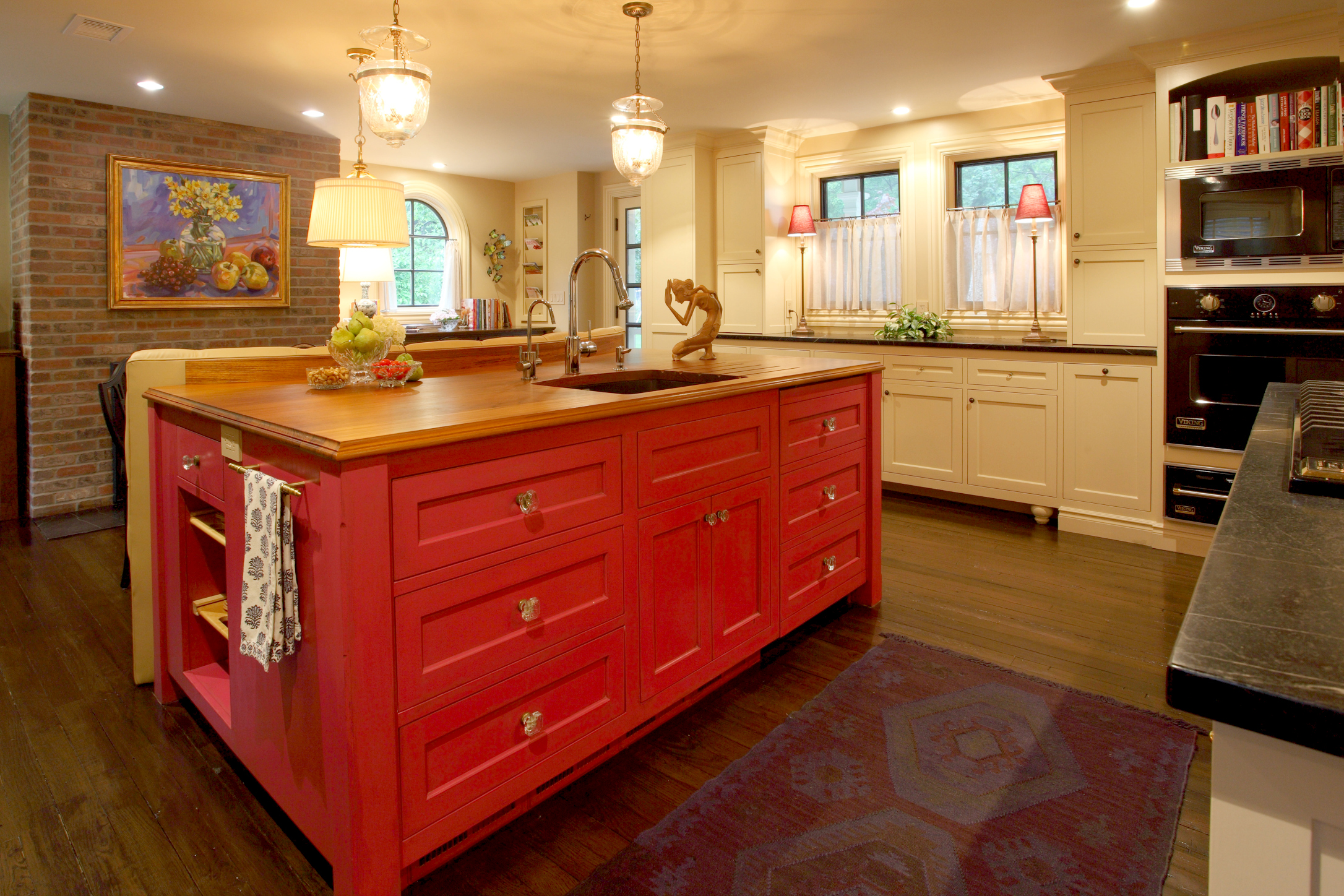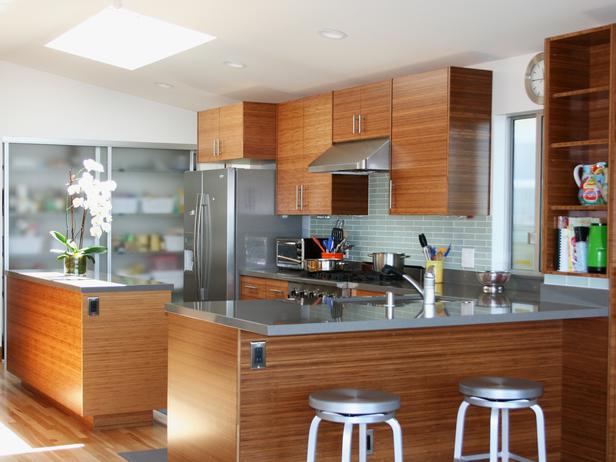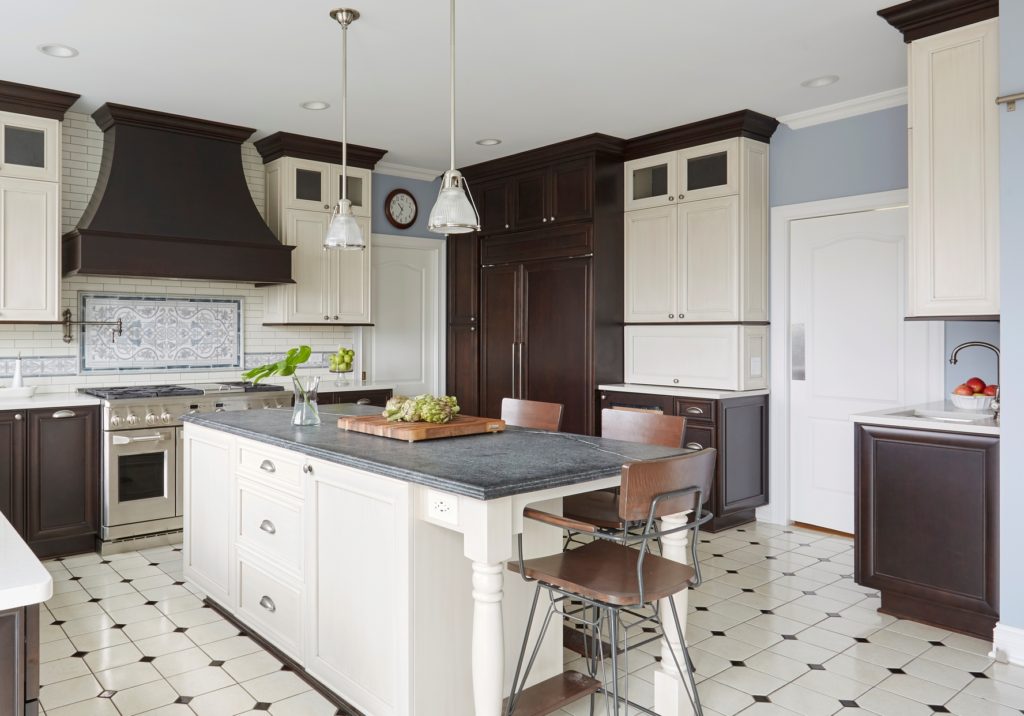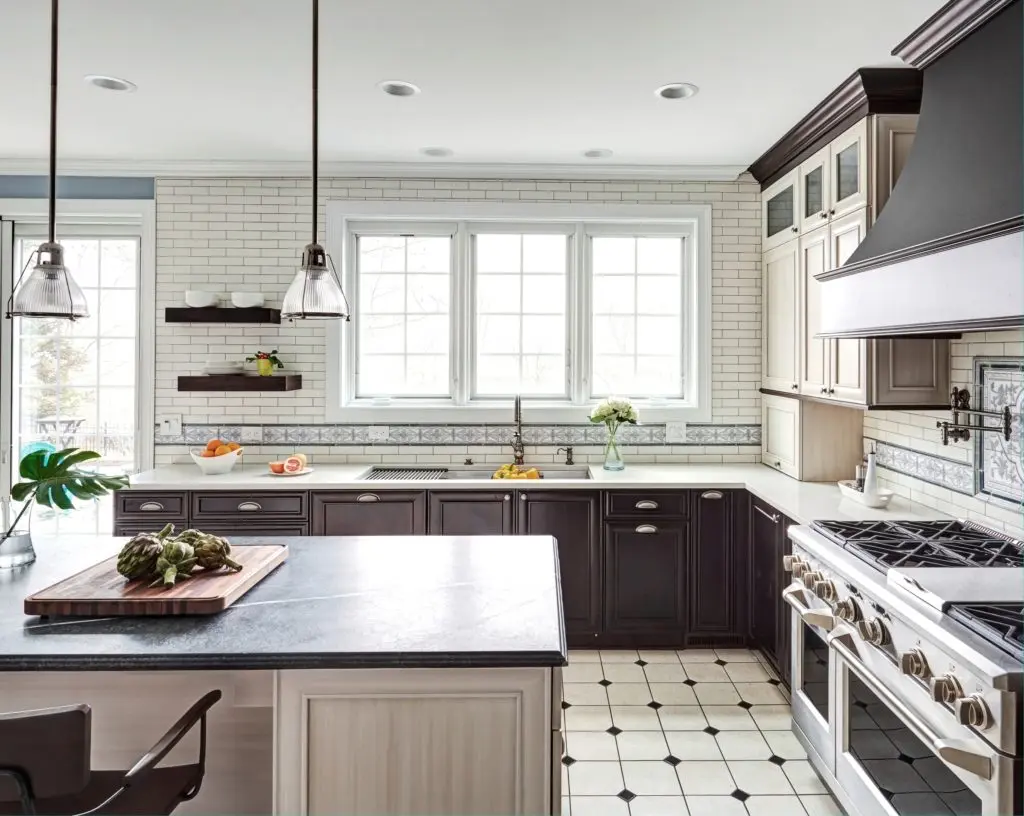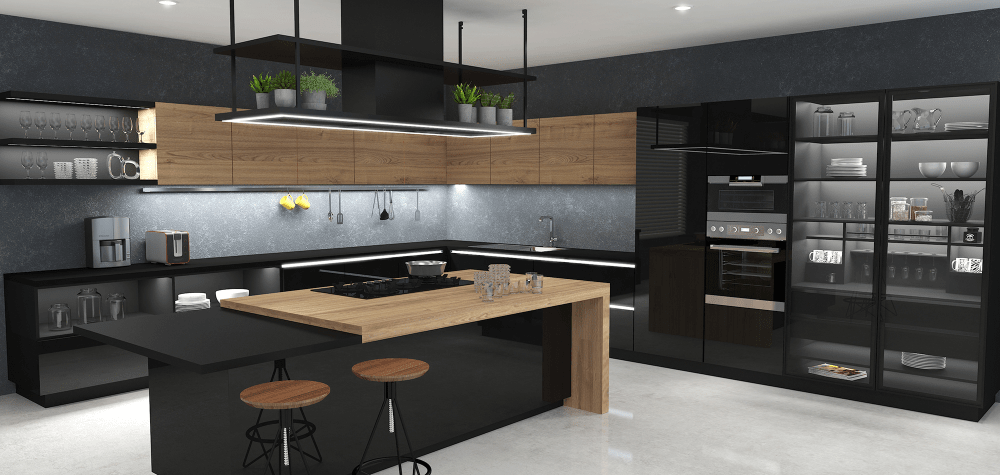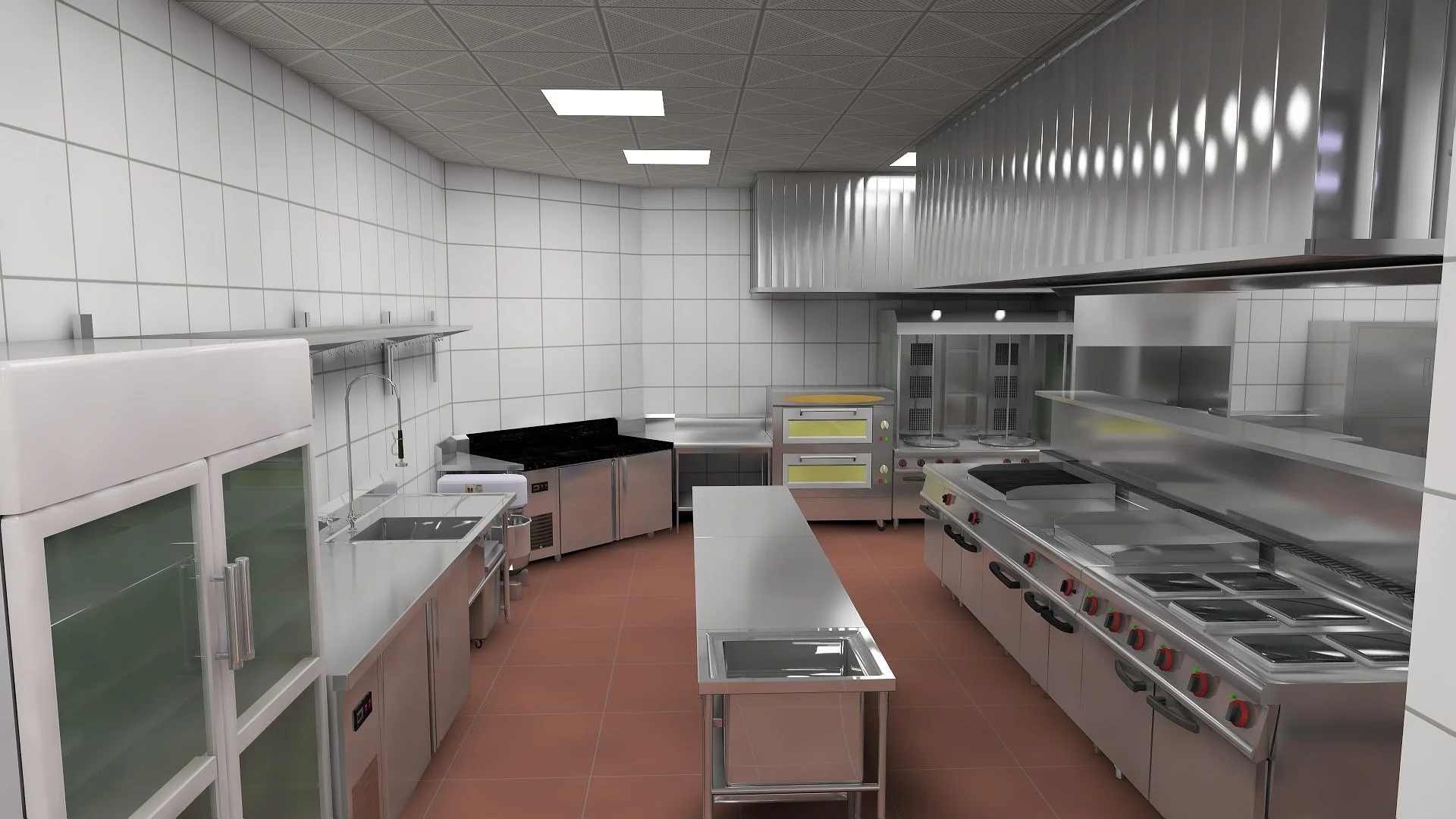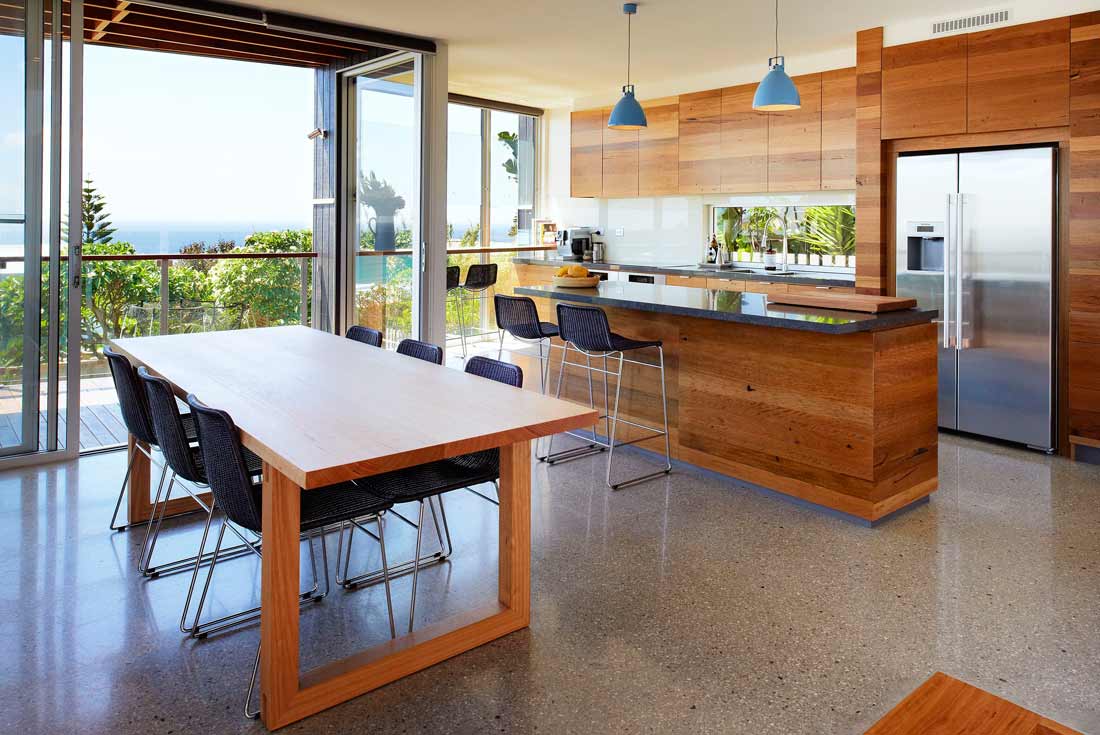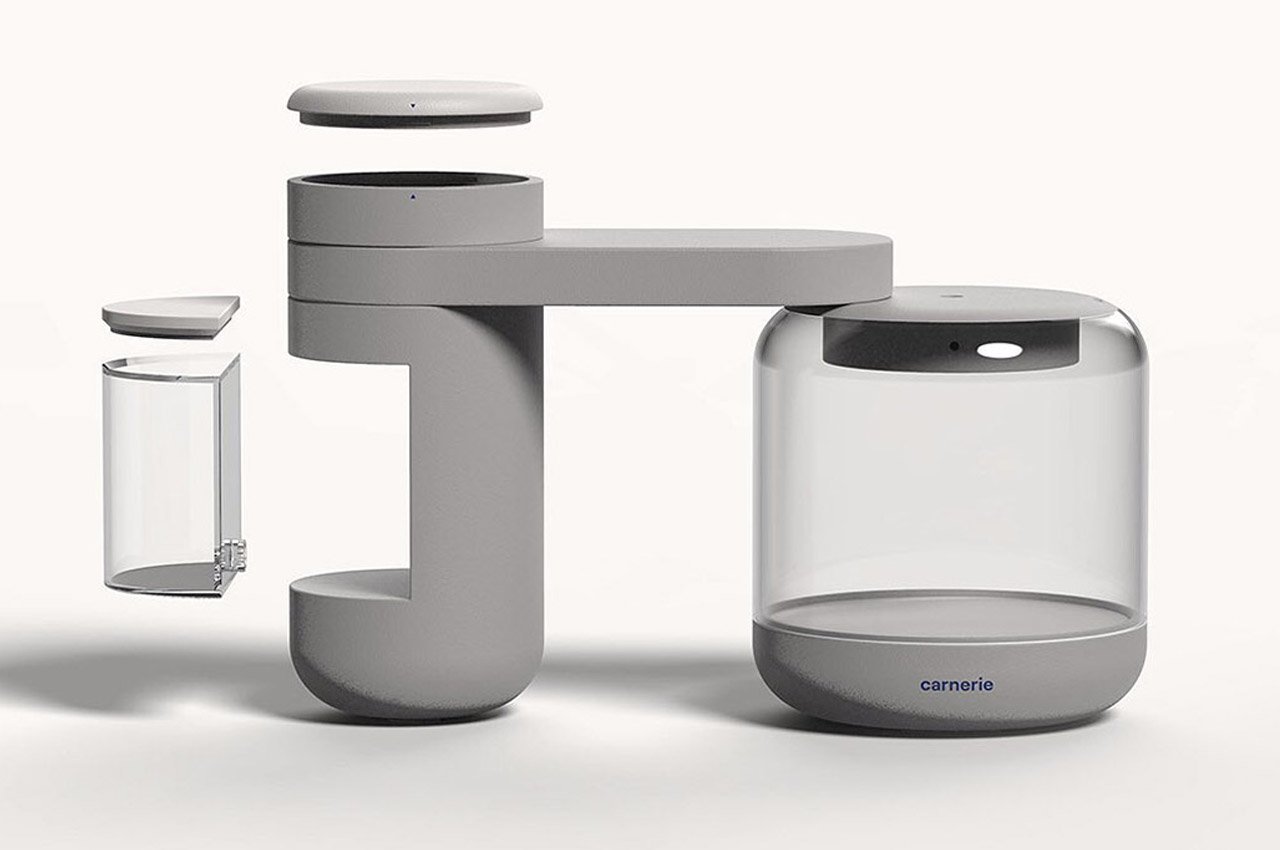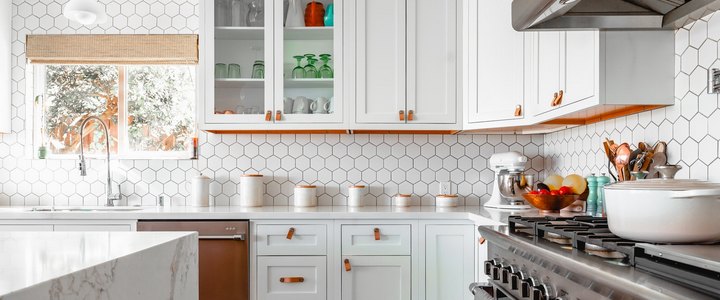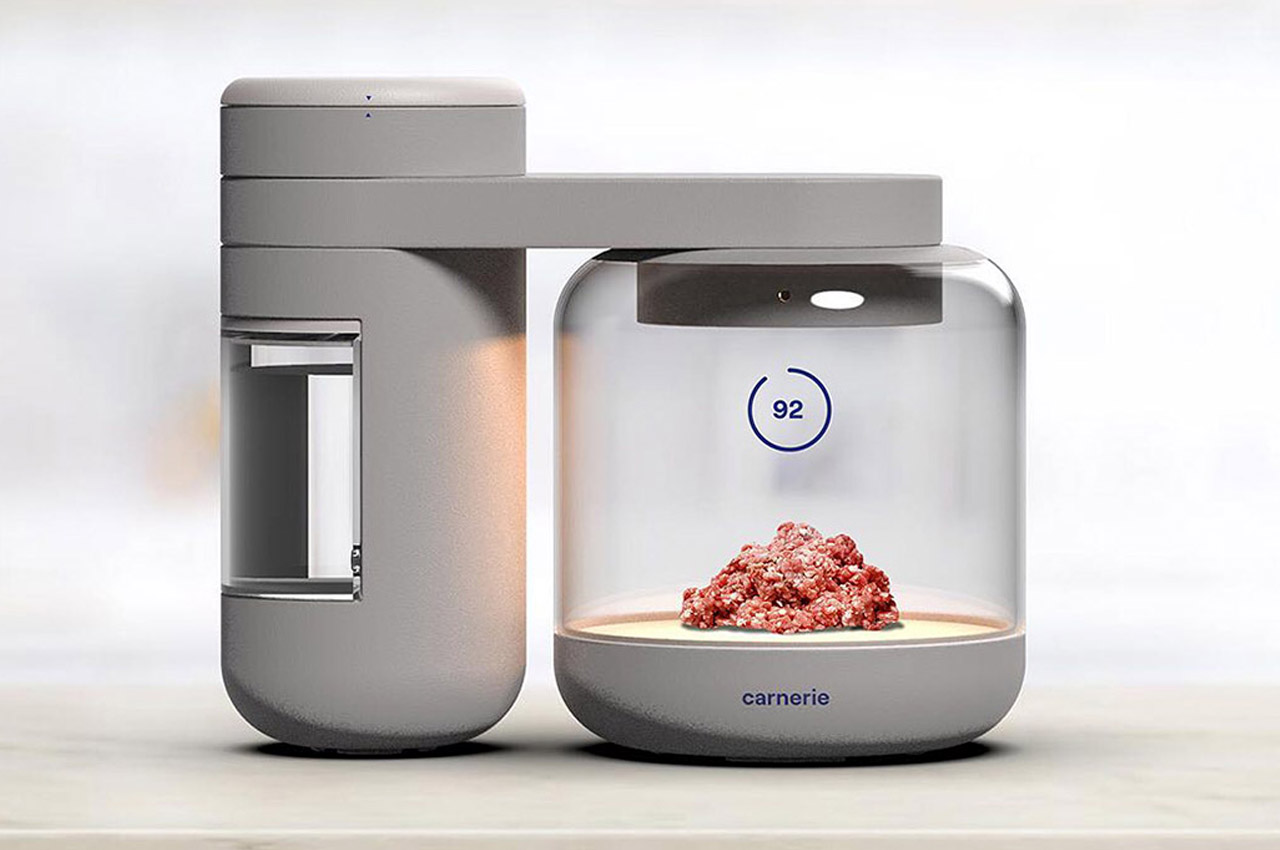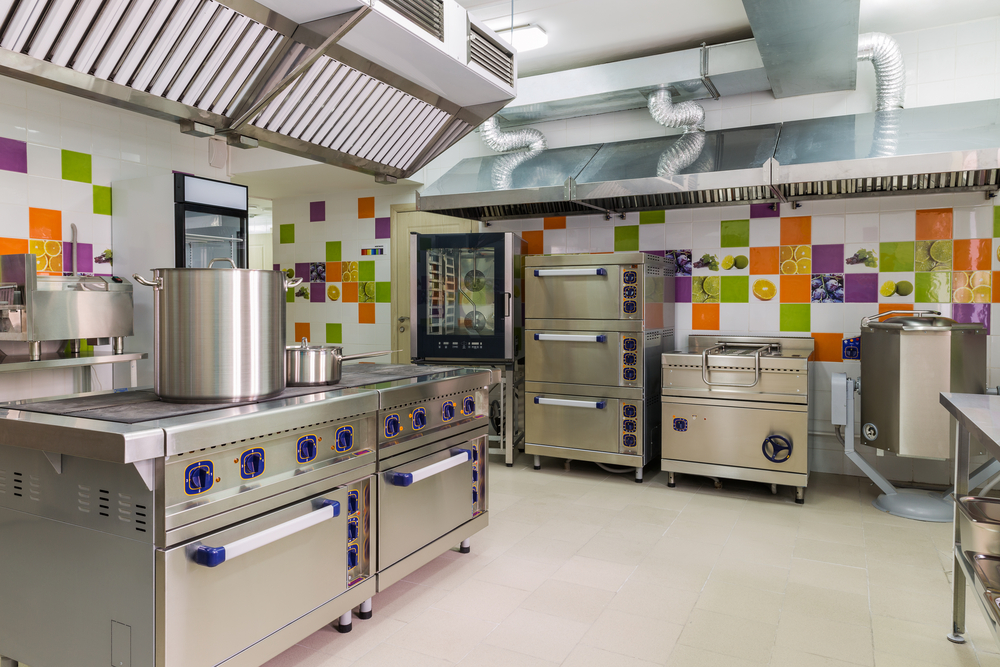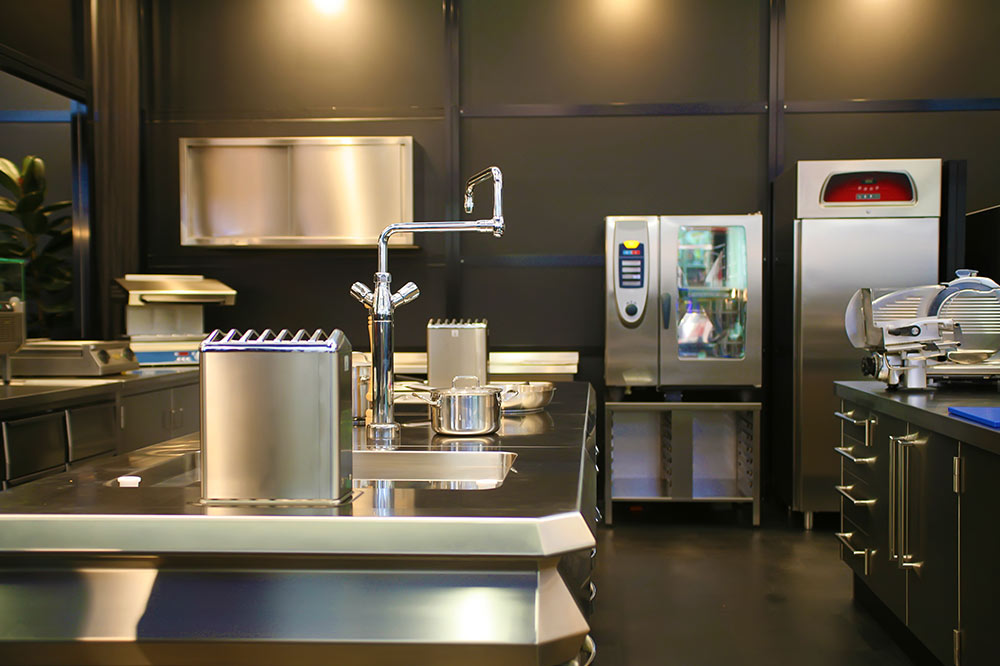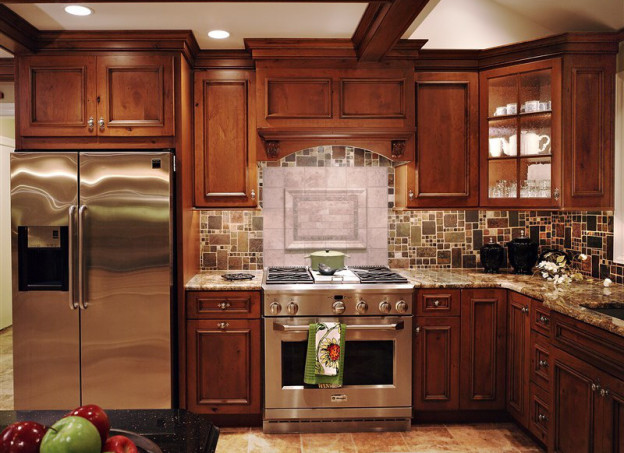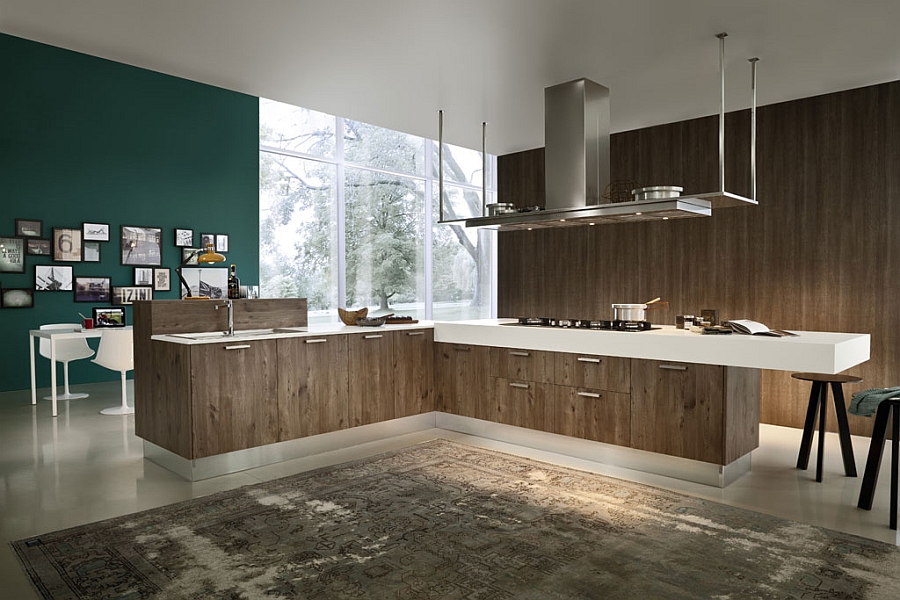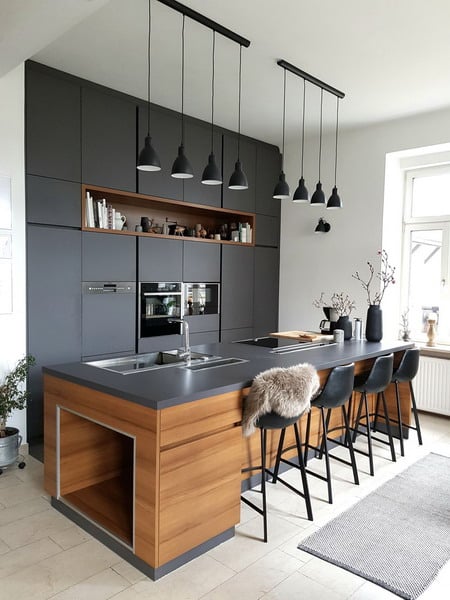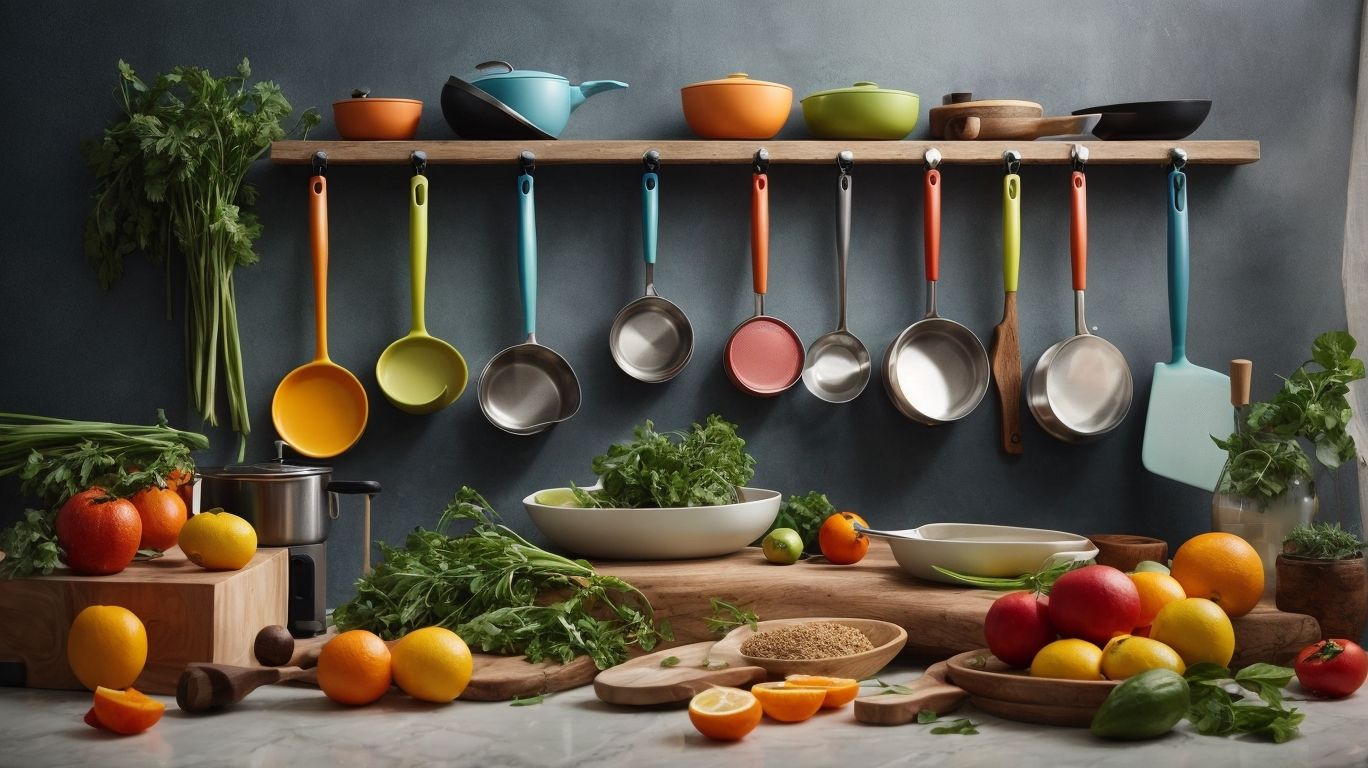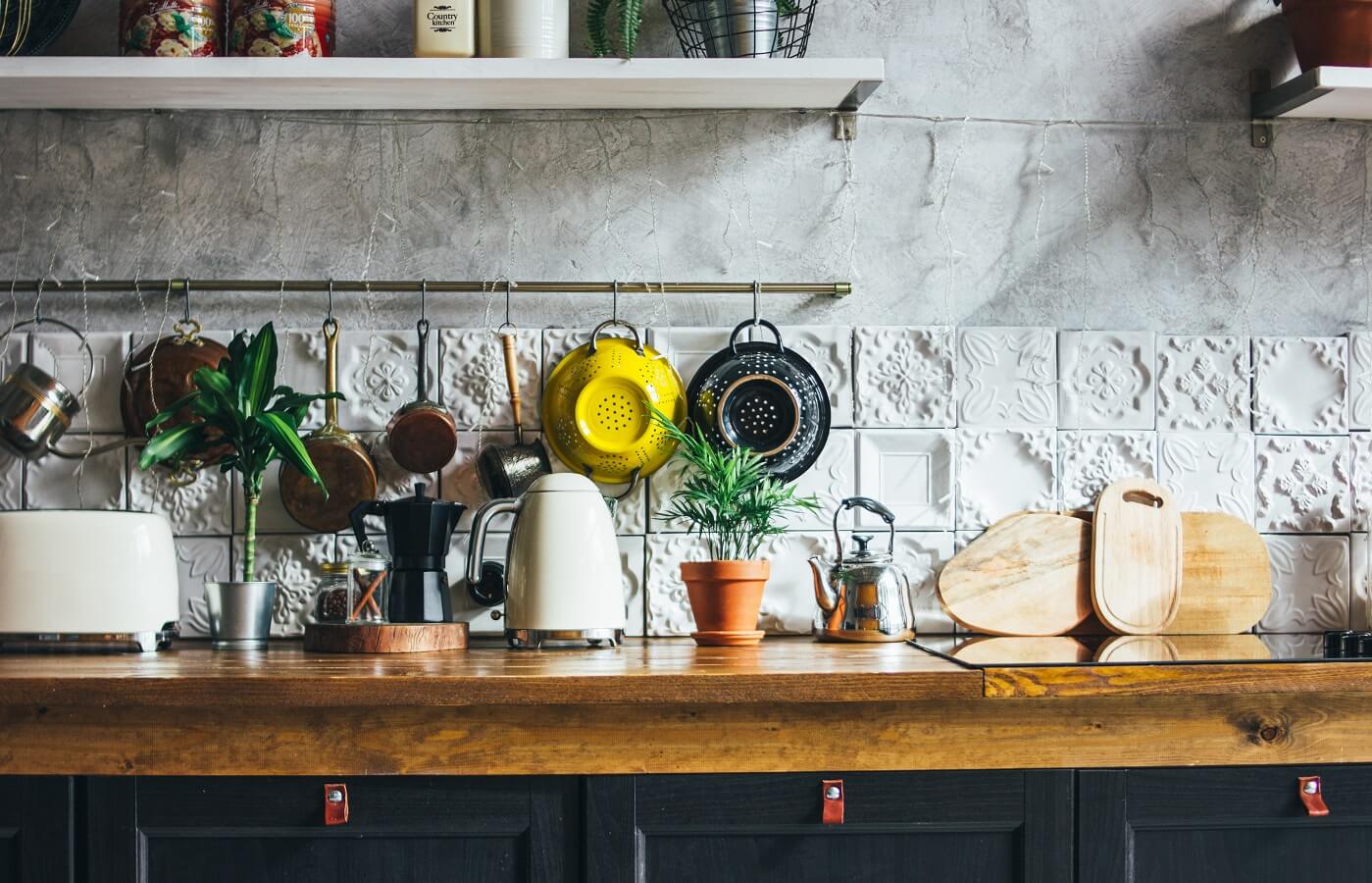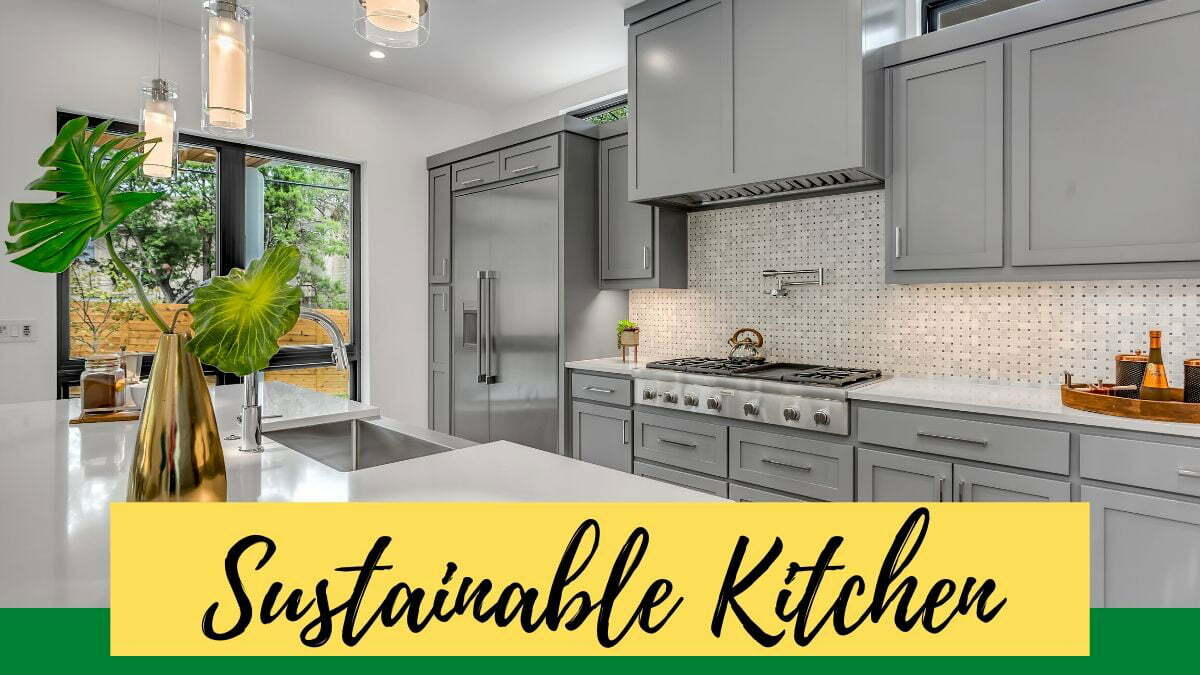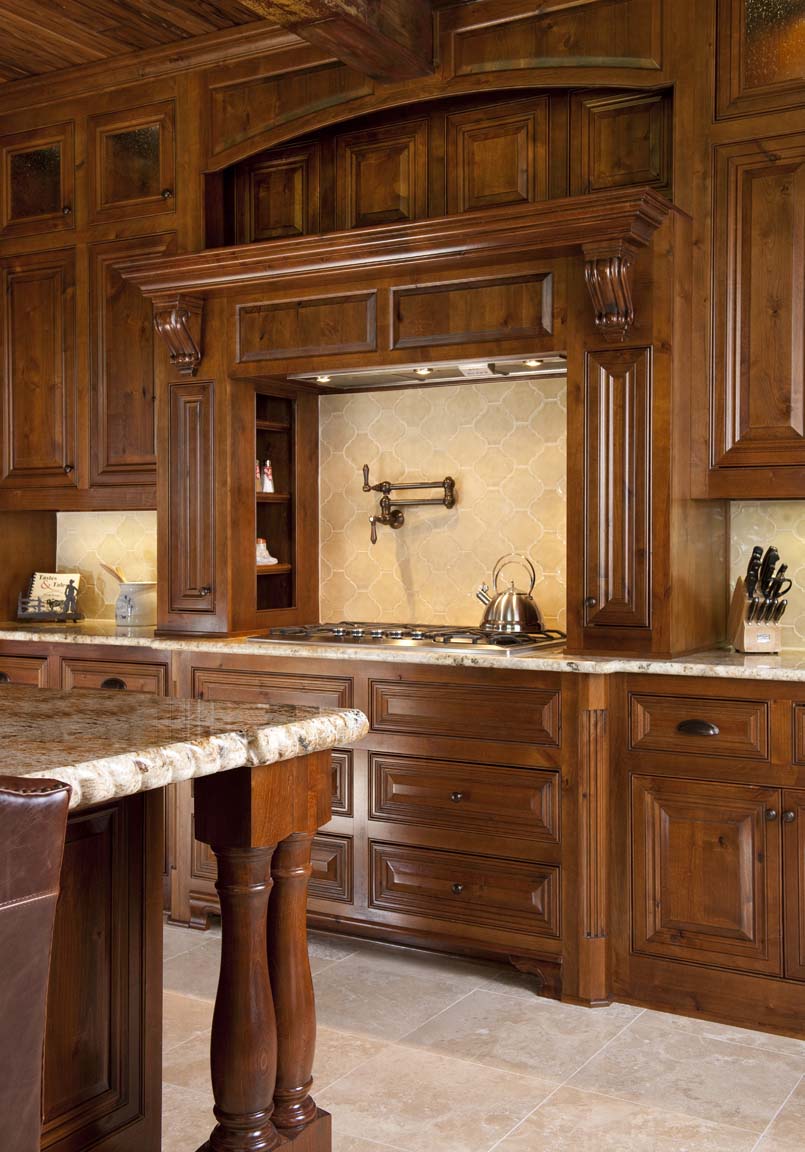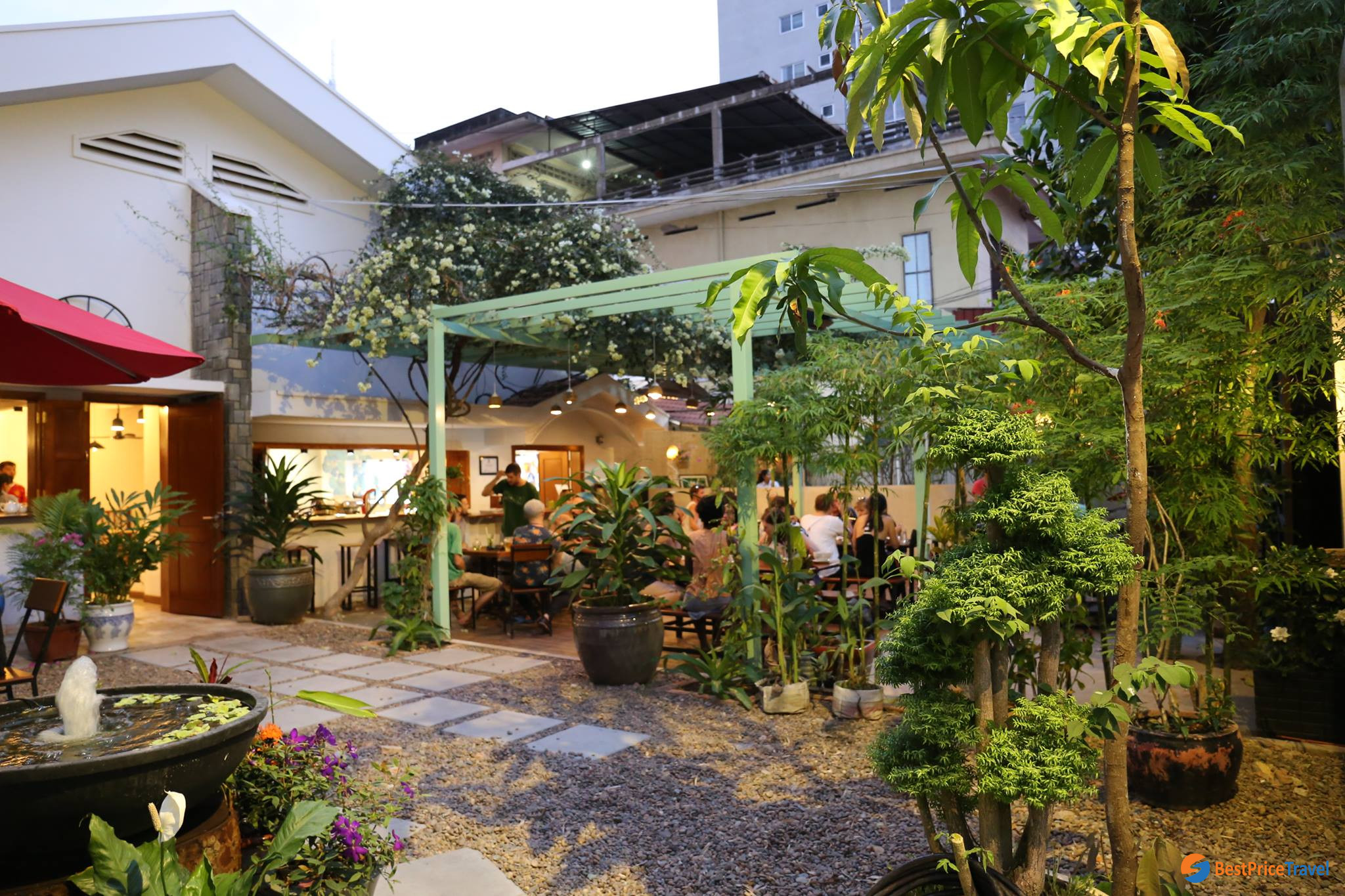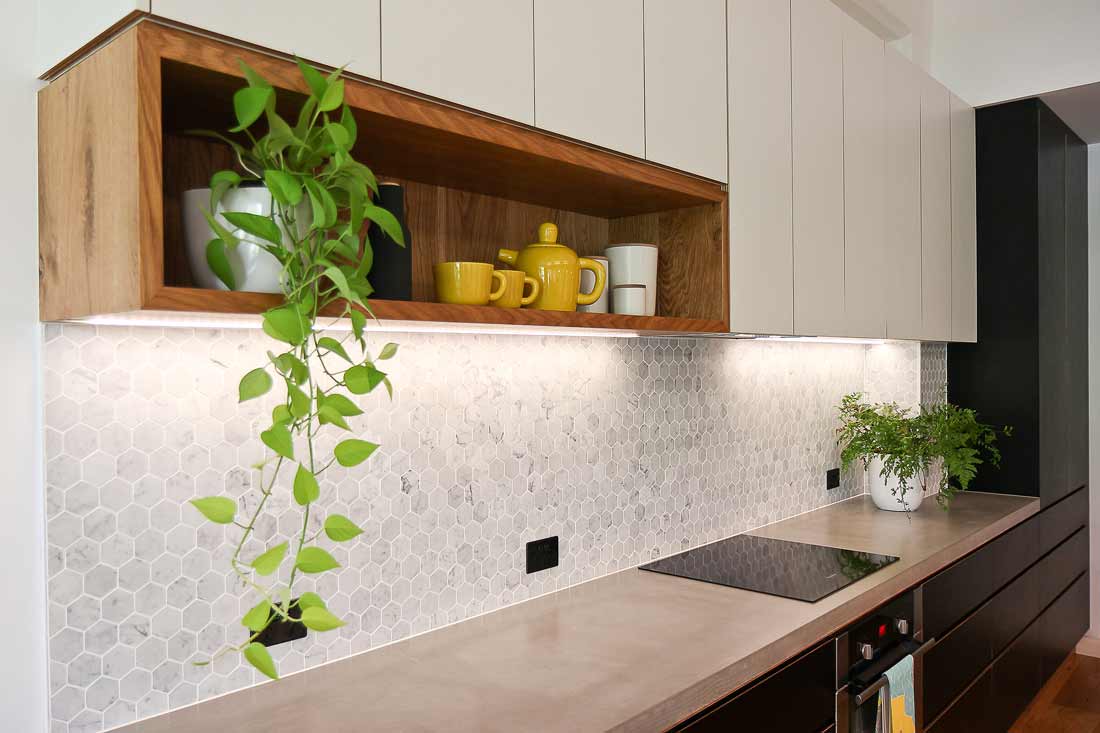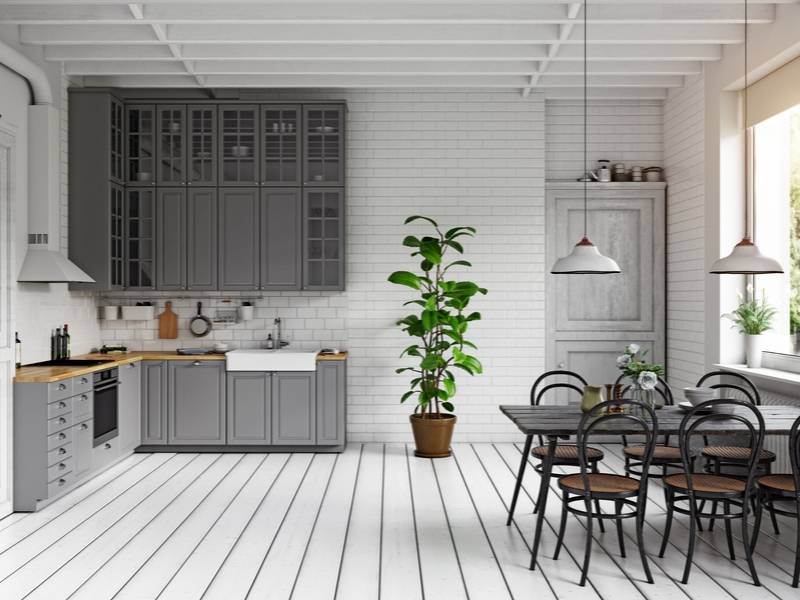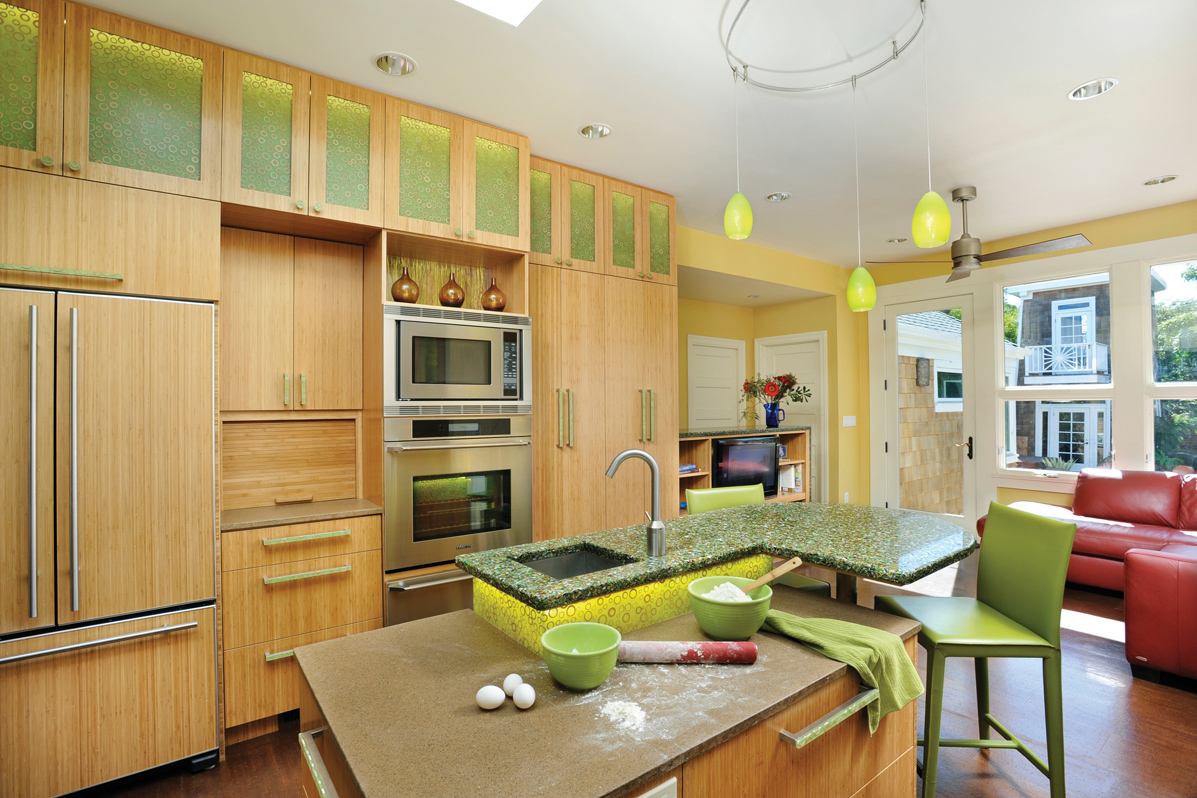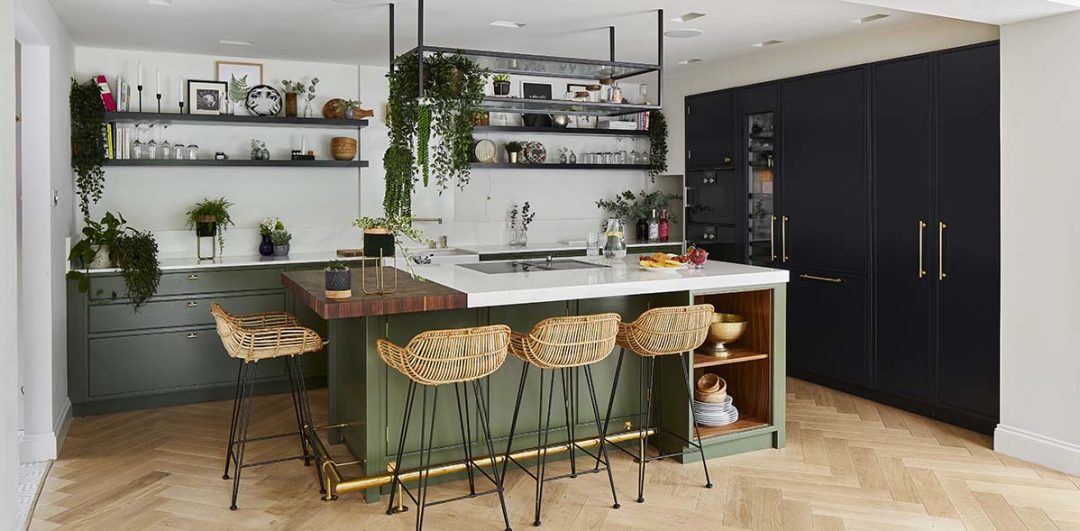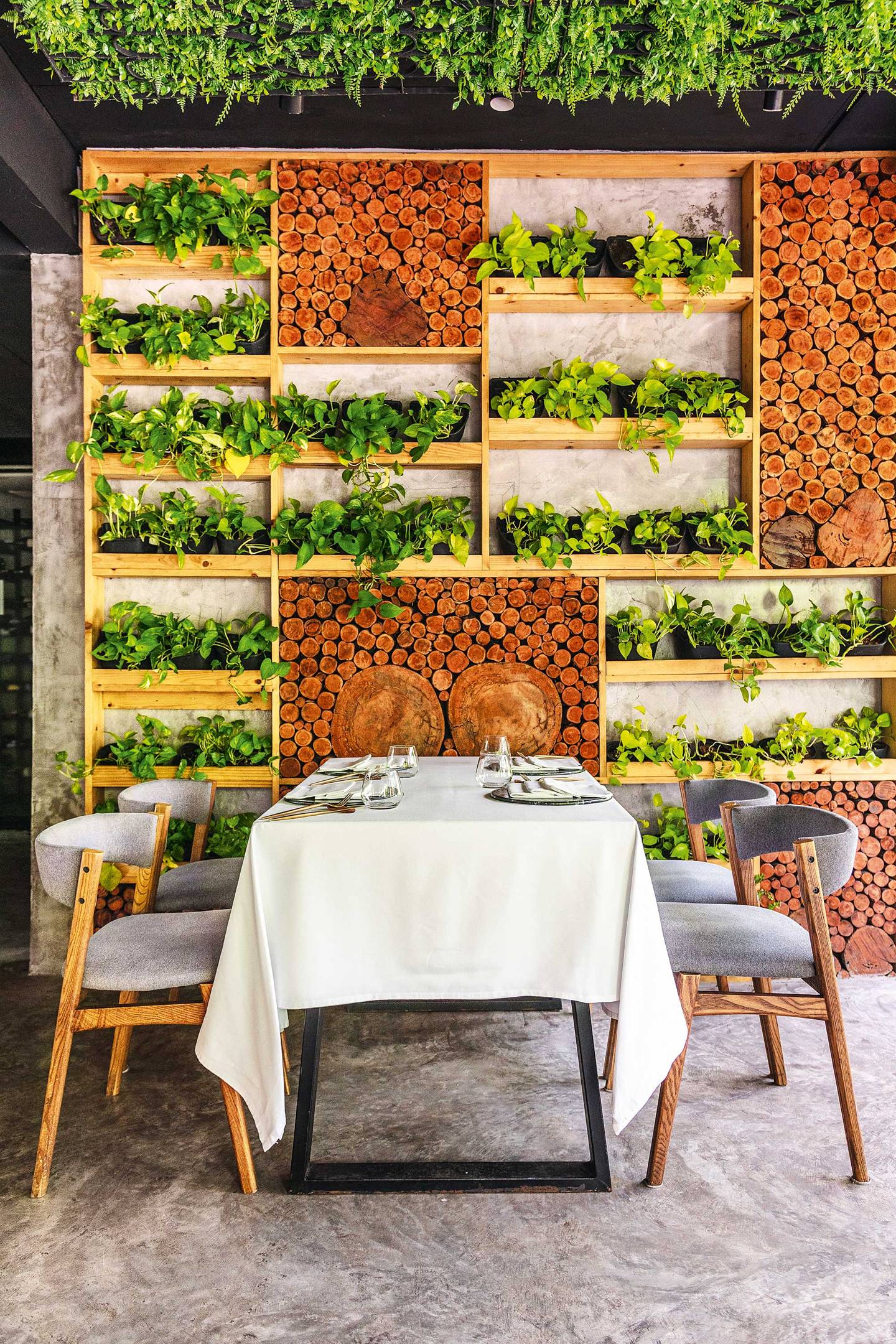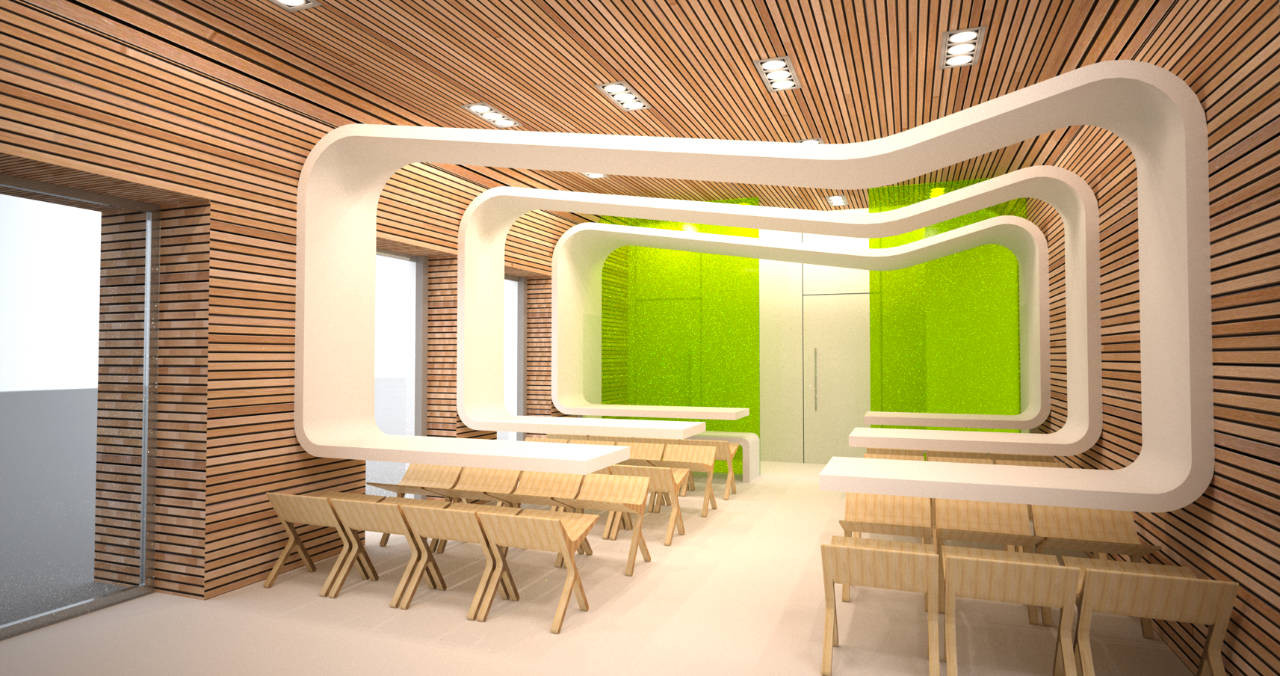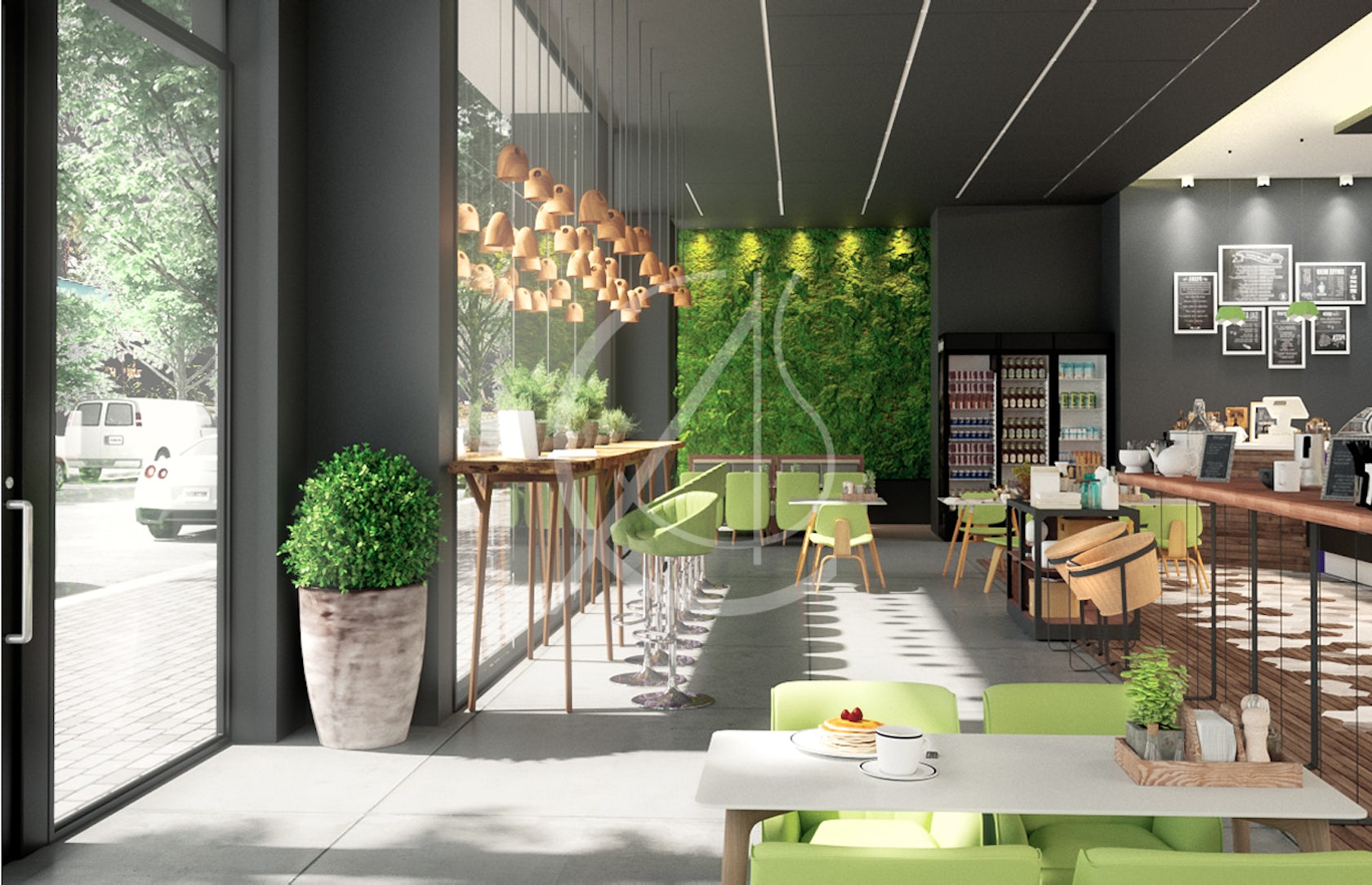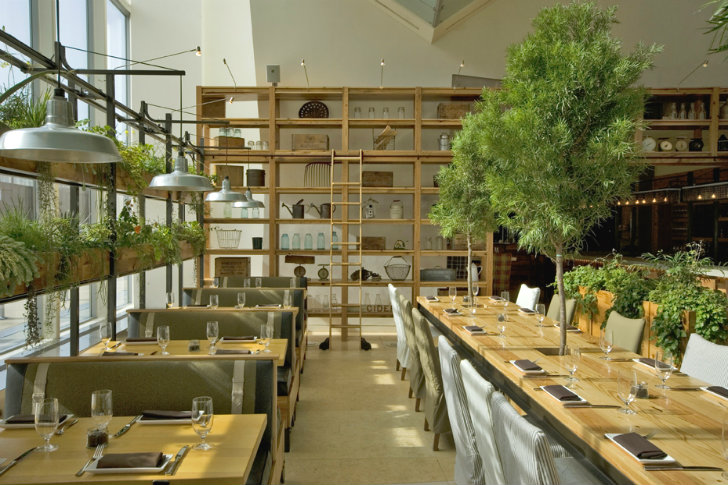In today's world, sustainability is a crucial aspect of every industry, especially the food industry. With growing concerns about the environment and the depletion of natural resources, it is essential for restaurants to adopt eco-friendly practices, starting with their kitchen design. A sustainable restaurant kitchen design not only benefits the environment, but it also helps to reduce costs and attract eco-conscious customers.Eco-Friendly Kitchen Design
One of the key elements of a sustainable restaurant kitchen design is the layout. It is crucial to have an efficient layout that minimizes waste and maximizes energy efficiency. This means strategically placing equipment and workstations to reduce unnecessary movements and save time and energy. Additionally, incorporating natural light and ventilation into the design can help reduce the need for artificial lighting and cooling systems.Green Restaurant Kitchen Layout
The type of equipment used in a restaurant kitchen can have a significant impact on its sustainability. It is essential to invest in energy-efficient equipment such as LED lighting, low-flow faucets, and induction cooktops. These not only reduce energy consumption but also save on utility costs in the long run. Additionally, opting for equipment made from sustainable materials, such as bamboo or recycled steel, can also contribute to a more eco-friendly kitchen.Sustainable Kitchen Equipment
Switching to energy-efficient practices is a crucial step in creating a sustainable restaurant kitchen. This can include installing solar panels to generate electricity, using energy-efficient appliances, and implementing a composting system for food waste. It is also essential to regularly maintain equipment to ensure they are running at their optimal efficiency.Energy-Efficient Restaurant Kitchen
In addition to using sustainable materials and energy-efficient practices, an eco-conscious kitchen design also considers the use of renewable resources. This can include using reclaimed wood for furniture and recycled glass for countertops. It is also crucial to reduce single-use items in the kitchen, such as plastic containers and utensils, and opt for reusable or biodegradable alternatives.Eco-Conscious Kitchen Design
Aside from the physical design of the kitchen, implementing sustainable practices is also crucial. This includes using organic ingredients and locally sourced produce to reduce the carbon footprint of the restaurant. It is also important to implement a recycling program and train staff on proper waste management and energy-saving techniques.Sustainable Kitchen Practices
Creating an eco-friendly restaurant kitchen goes beyond just the design and practices; it also involves the overall ethos of the restaurant. This can include partnering with eco-friendly suppliers and supporting sustainable initiatives within the community. It is also essential to involve customers by providing information on the restaurant's sustainable efforts and encouraging them to participate in eco-friendly practices.Eco-Friendly Restaurant Kitchen
The materials used in a restaurant kitchen can have a significant impact on its sustainability. It is crucial to opt for materials that are biodegradable, recyclable, or made from sustainable sources. This includes using eco-friendly flooring, such as cork or bamboo, and low-VOC paint for walls.Sustainable Kitchen Materials
In addition to energy-efficient equipment, there are also green kitchen appliances that can contribute to a more sustainable kitchen. This includes combi-ovens that use less energy and water, smart refrigerators that adjust temperature based on usage, and ventless hoods that reduce energy consumption and noise pollution.Green Kitchen Appliances
Finally, the overall design of the restaurant can also play a significant role in its sustainability. This includes using reclaimed materials for furniture and decor, incorporating green walls or living roofs for natural insulation, and utilizing rainwater harvesting systems. These elements not only contribute to a more eco-friendly restaurant, but they also create a unique and inviting atmosphere for customers. In conclusion, a sustainable restaurant kitchen design is essential for the success of any eco-conscious restaurant. By incorporating eco-friendly practices and materials, investing in energy-efficient equipment, and involving customers and the community, restaurants can reduce their environmental impact while also attracting like-minded customers and saving on costs in the long run.Eco-Friendly Restaurant Design
The Importance of Sustainable Restaurant Kitchen Design

The Role of Sustainable Design in the Restaurant Industry
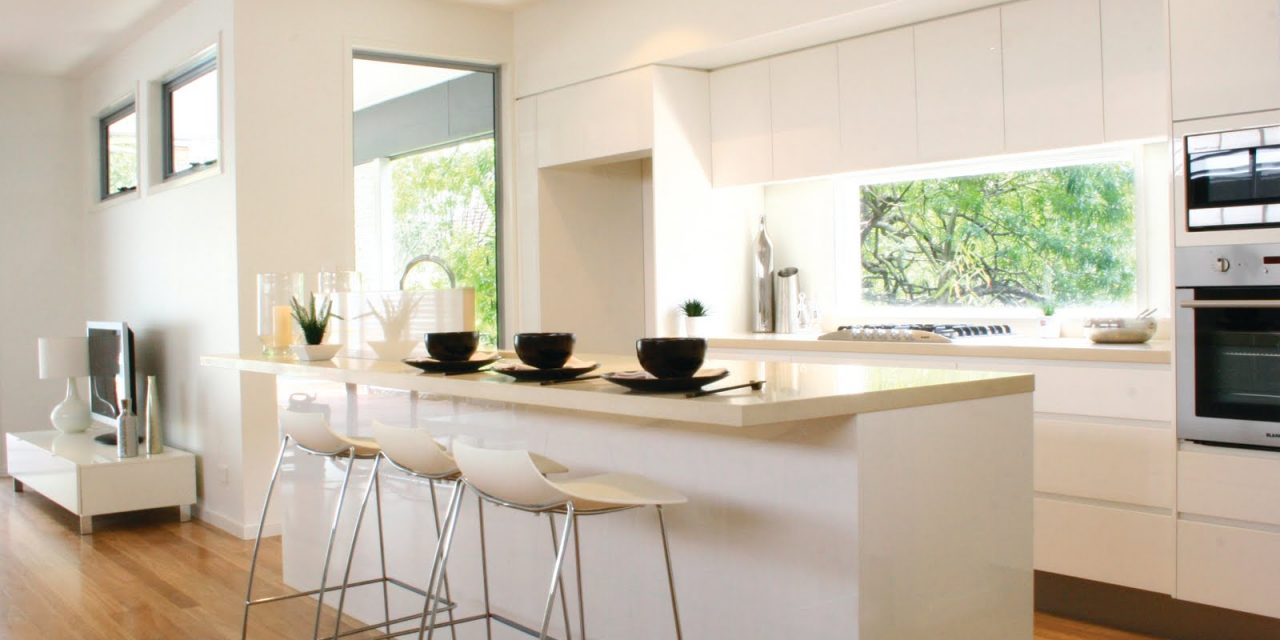 The restaurant industry is constantly evolving, and with the growing awareness of environmental issues, many establishments are now incorporating sustainable practices into their operations. This shift towards sustainability is not only important for the overall health of our planet, but it also makes good business sense. As consumers become more conscious about the impact of their choices, they are increasingly drawn to restaurants that prioritize sustainable practices. This includes not only the food served but also the design and operations of the restaurant itself. One area that is often overlooked when it comes to sustainable design in the restaurant industry is the kitchen. However, with a few simple changes, restaurant kitchens can become more environmentally friendly and efficient, leading to cost savings and a positive impact on the environment.
The restaurant industry is constantly evolving, and with the growing awareness of environmental issues, many establishments are now incorporating sustainable practices into their operations. This shift towards sustainability is not only important for the overall health of our planet, but it also makes good business sense. As consumers become more conscious about the impact of their choices, they are increasingly drawn to restaurants that prioritize sustainable practices. This includes not only the food served but also the design and operations of the restaurant itself. One area that is often overlooked when it comes to sustainable design in the restaurant industry is the kitchen. However, with a few simple changes, restaurant kitchens can become more environmentally friendly and efficient, leading to cost savings and a positive impact on the environment.
The Benefits of Sustainable Restaurant Kitchen Design
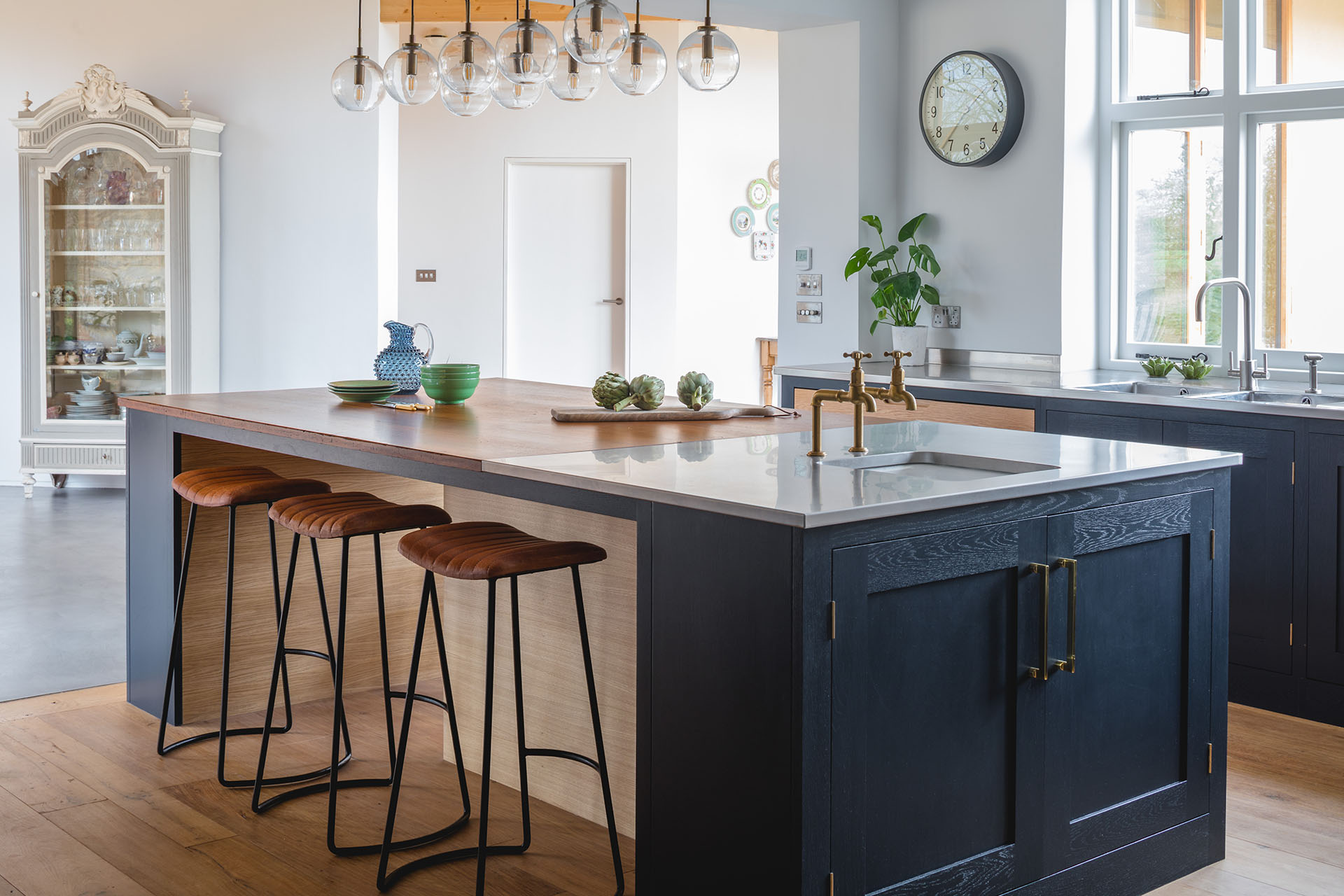 When it comes to restaurant kitchen design, sustainability can be achieved in a variety of ways. From incorporating energy-efficient equipment to using sustainable materials in construction, every aspect of the kitchen can be optimized for sustainability. One of the main benefits of sustainable restaurant kitchen design is the reduction in energy and water consumption. By using energy-efficient appliances and fixtures, restaurants can significantly reduce their utility bills and decrease their overall carbon footprint. Furthermore, using sustainable materials in construction not only reduces the environmental impact but also creates a healthier working environment for kitchen staff. Sustainable materials are often free from harmful chemicals and have a longer lifespan, reducing the need for frequent replacements.
When it comes to restaurant kitchen design, sustainability can be achieved in a variety of ways. From incorporating energy-efficient equipment to using sustainable materials in construction, every aspect of the kitchen can be optimized for sustainability. One of the main benefits of sustainable restaurant kitchen design is the reduction in energy and water consumption. By using energy-efficient appliances and fixtures, restaurants can significantly reduce their utility bills and decrease their overall carbon footprint. Furthermore, using sustainable materials in construction not only reduces the environmental impact but also creates a healthier working environment for kitchen staff. Sustainable materials are often free from harmful chemicals and have a longer lifespan, reducing the need for frequent replacements.
Challenges and Solutions for Implementing Sustainable Design in Restaurant Kitchens
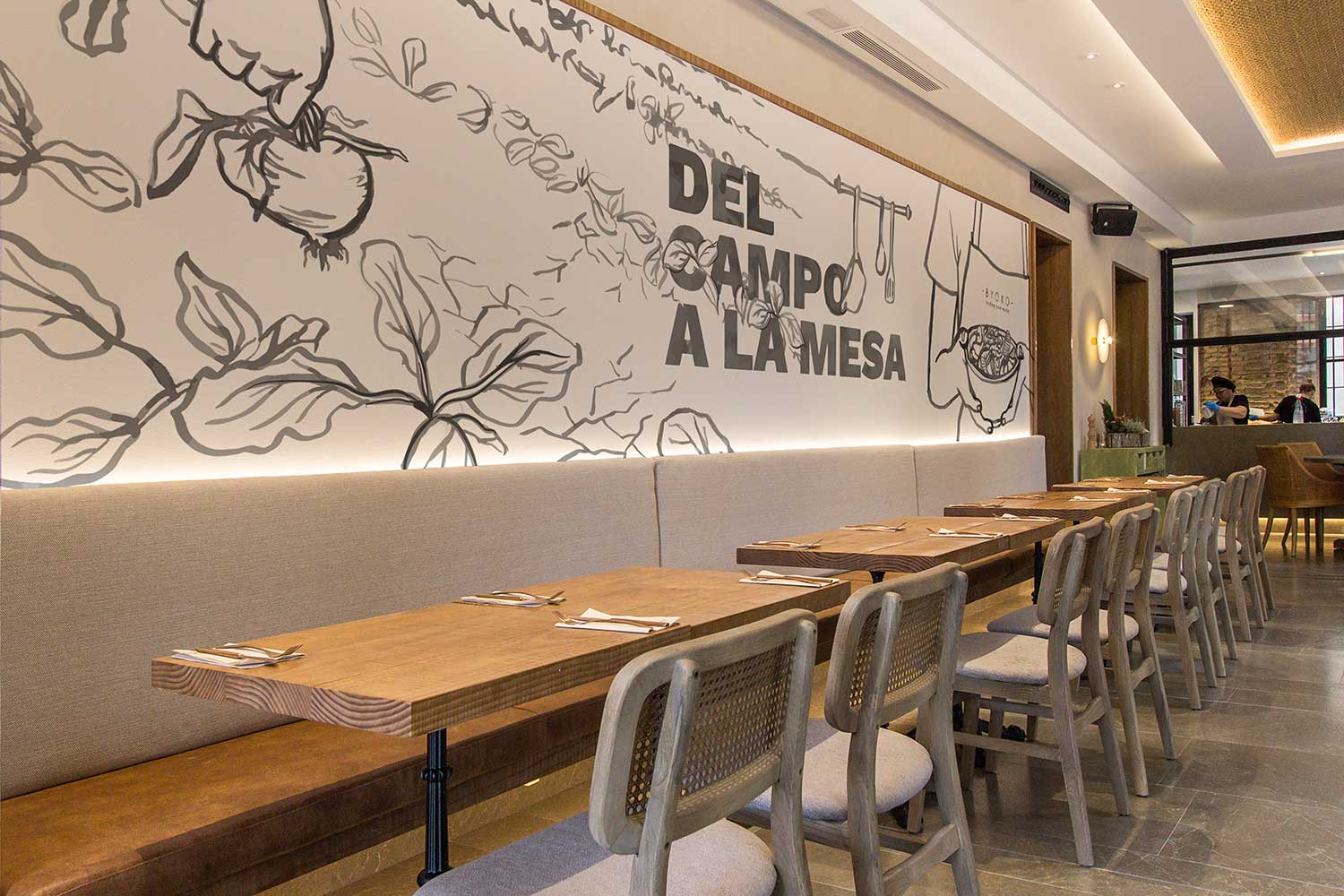 While the benefits of sustainable restaurant kitchen design are clear, there are also challenges that come with implementing these practices. The main hurdle is often the cost of implementing sustainable design, which can be higher upfront compared to traditional methods. However, this initial investment is offset by long-term cost savings and a positive impact on the environment. Another challenge is the lack of knowledge and resources in the industry when it comes to sustainable design. To overcome this, restaurant owners and designers can seek out resources and training on sustainable practices, such as LEED (Leadership in Energy and Environmental Design) certification.
In conclusion, sustainable restaurant kitchen design is a crucial aspect of overall sustainable practices in the foodservice industry. By prioritizing sustainability in the design and operations of their kitchens, restaurants can not only reduce their environmental impact but also attract environmentally-conscious customers. The challenges of implementing sustainable design can be overcome with proper resources and training, and the long-term benefits make it a worthwhile investment for any restaurant.
While the benefits of sustainable restaurant kitchen design are clear, there are also challenges that come with implementing these practices. The main hurdle is often the cost of implementing sustainable design, which can be higher upfront compared to traditional methods. However, this initial investment is offset by long-term cost savings and a positive impact on the environment. Another challenge is the lack of knowledge and resources in the industry when it comes to sustainable design. To overcome this, restaurant owners and designers can seek out resources and training on sustainable practices, such as LEED (Leadership in Energy and Environmental Design) certification.
In conclusion, sustainable restaurant kitchen design is a crucial aspect of overall sustainable practices in the foodservice industry. By prioritizing sustainability in the design and operations of their kitchens, restaurants can not only reduce their environmental impact but also attract environmentally-conscious customers. The challenges of implementing sustainable design can be overcome with proper resources and training, and the long-term benefits make it a worthwhile investment for any restaurant.



